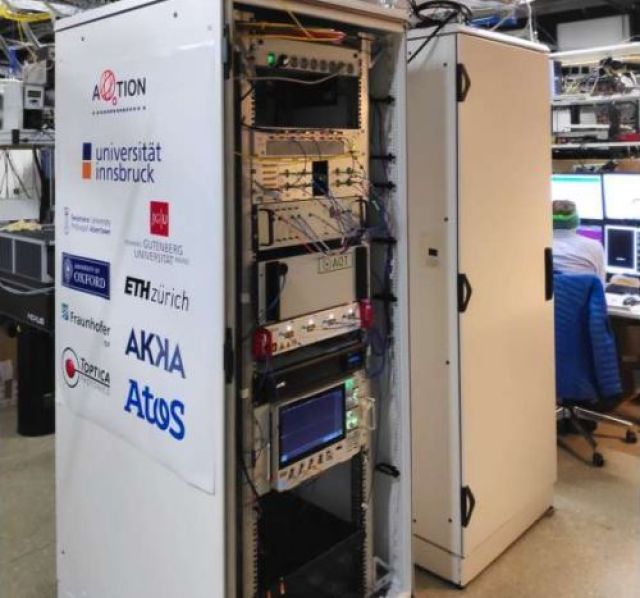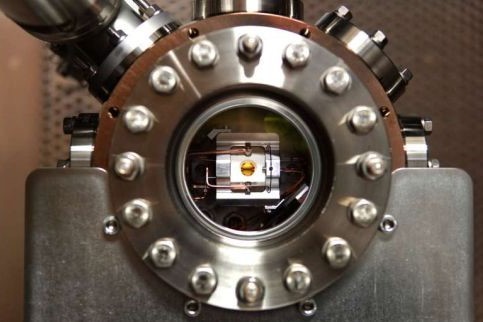Almost all quantum computers created so far are quite large devices that completely occupy the space of the laboratories allocated for them. But recently, researchers from the University of Innsbruck, Austria, have completed the creation of the first prototype of a quantum computer with qubits based on ion traps, which fits into the space of two standard 19-inch server racks widely used in all data centers. The creation of such a compact device demonstrates that quantum computing technologies will soon become available for use on an industrial scale.
Austrian researchers have been developing quantum computers for quite a long time. All these works are carried out within the framework of the European program EU Flagship Quantum Technologies.
In order to build a compact quantum computer, Austrian researchers had to perform a procedure for compactifying each block of this computer. For example, the main node of this computer, an ion trap located in a vacuum chamber, now occupies only a small part of its original volume. This part of the work was carried out by specialists of Alpine Quantum Technologies (AQT), and the compactification of other components was carried out by specialists from the Fraunhofer Institute of Applied Optics and Precision Mechanics and TOPTICA Photonics, Germany.

Now a compact quantum computer can already function in a completely autonomous mode, and in the near future it will be possible to program and debug it online . Currently, the computer consists of 24 qubits based on ions, which can be entangled with each other in the right order without any restrictions. This number of qubits is already quite enough to perform most quantum data processing algorithms, which are analogs of traditional algorithms running on data center servers.

